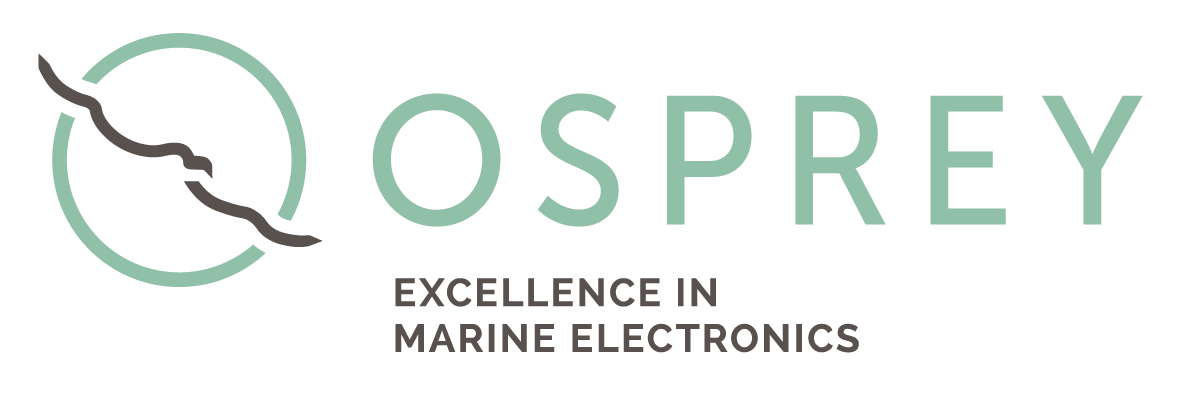Part 2 in our series on Managing integrated marine electronics for superyachts discusses Osprey Technical’s approach to system specification.
Osprey Technical are truly independent equipment suppliers, with the sole focus of putting together the best specification for the project. At the heart of the instrumentation specification is the choice of processor system and building an infrastructure that can accommodate change once the superyacht is in full commission, as technology, equipment and software evolves over time.
With experience across many top-end race boat and luxury cruising yacht projects, Osprey Technical have developed a close working relationship with FaRo, the specialist manufacturers of the processing systems behind many superyachts and America’s Cup AC45’s and AC72s.
Faro provides a completely flexible platform and significantly, has a seamless interface to the Cariboni hydraulic PLC, making this an ideal match for the project. With Faro it is possible to support and integrate data from a wide range of systems. For example, serial data from the load sensing equipment from Synapse and the UDP streams from the fibre optic measurements. It also enables the generation of digital outputs to trigger alarm signals to the vessels alarm and monitoring system.
With a large number of custom variables requiring visual display to operate the yacht optimally and safely, the choice of instrumentation was A and T Instruments. This was primarily because, compared with the NMEA 2000 displays that are widely available from other equipment manufacturers, the A and T units were best able to handle the extensive list of variable outputs.
As an example, it has been possible to read in a complete UDP stream from the Faro, and simply name each variable as push out to the displays. This set up combines simplicity of interfacing with the highest quality of display hardware engineering.
Successful integration of all systems relies upon the quality of the managed IT infrastructure. Osprey’s thorough consideration and planning of the IT network architecture allows:
full control of which systems can access each other
which users can access which systems (both locally aboard and remotely)
modes and quality of internet access available to the various user groups aboard
Inhouse system build leaves nothing to chance
The next phase is a complete build of all the systems inside Osprey Technical’s workshops in Hamble, in the UK.
The entire system is assembled, where possible including equipment from other technical partners, to configure and commission everything as far as realistically possible before the installation stage.
Osprey Technical’s meticulous approach seeks to:
iron out any issues and unknowns on the workbench
flag up issues that need sorting either during or before the installation stage.
The preparations are made with the mindset of the end user – the set up needs to be practical to use in testing conditions.
“It’s just like preparing for a big race,” says Rachel Oliver, MD of Osprey Technical. “The more un-knowns we can eliminate, the more efficient and effective the installation stage will be.”
With a strong focus on project communications, forward thinking and planning, the Osprey team’s experience really helps save time and money. By being able to give the yard a clear indication of what must be ready by set milestone dates, it means there are specific priorities for each stage of the installation.
This rigorous system development stage enables a relatively smooth installation phase to take place. As the working and travel restrictions of the Covid 19 pandemic began to hit in 2020, it meant that the installation teams including the Nautor project teams, foremen and Osprey Technical’s own engineers were able to work quickly and efficiently as the build stages progressed.
Inevitably, there are always some bumps in the road, as new micro projects within the main project arise. These are far more easily managed, if the fundamental project work is running smoothly.
See Part 1 - Designing marine electronics for luxury superyachts
See Part 3 - Vessel Fusion remote access to all technical marine electronics systems


